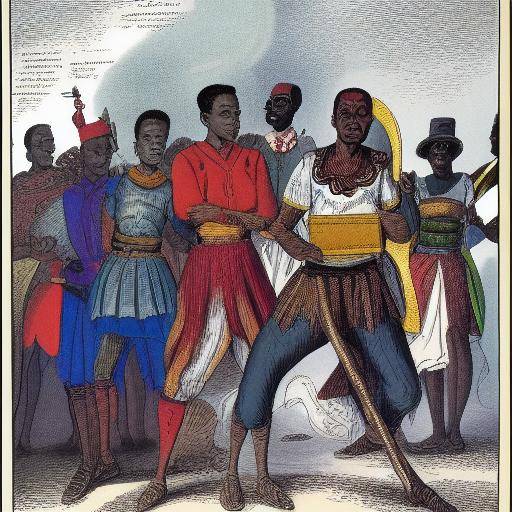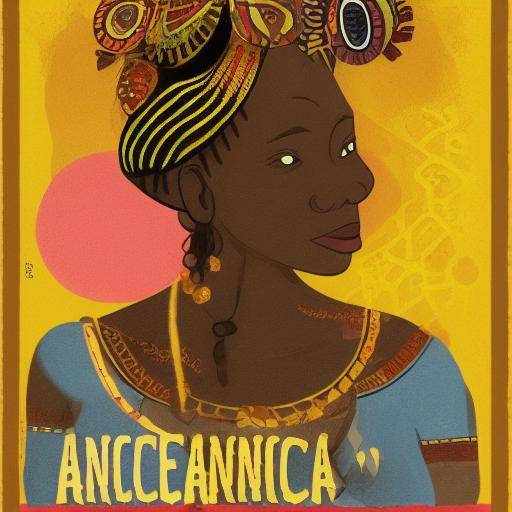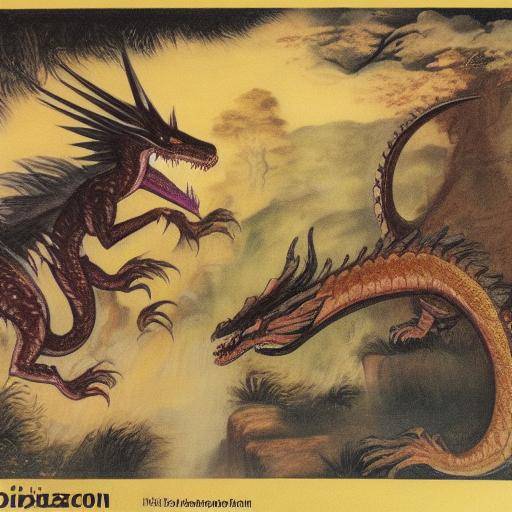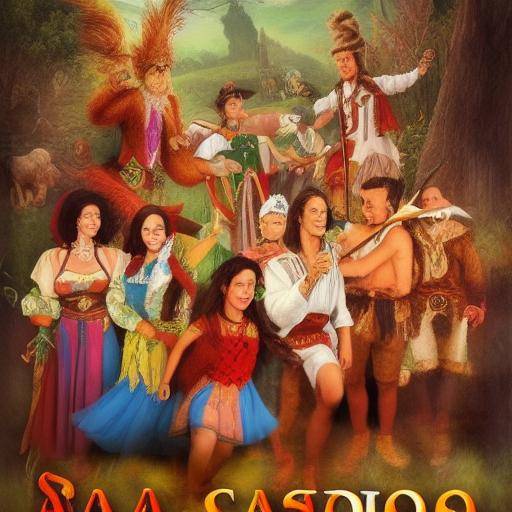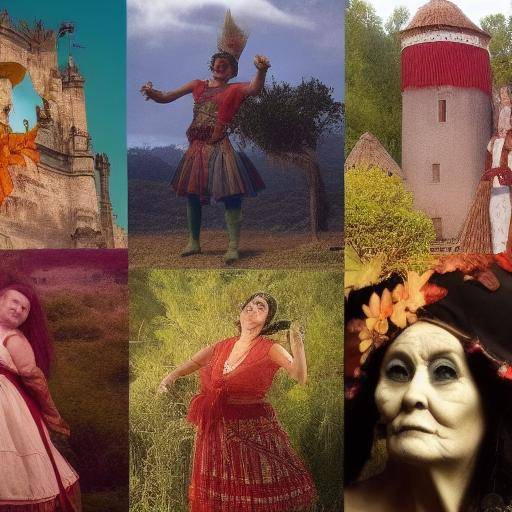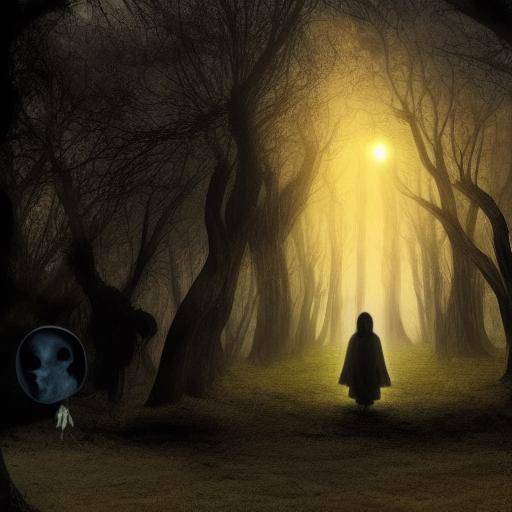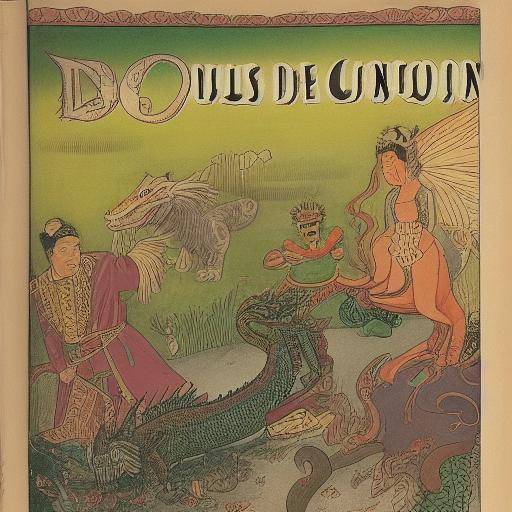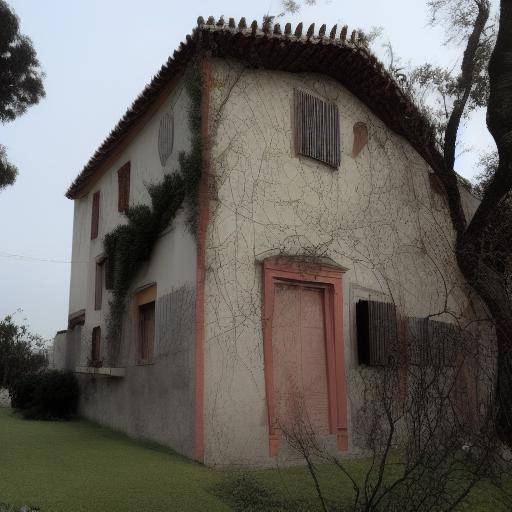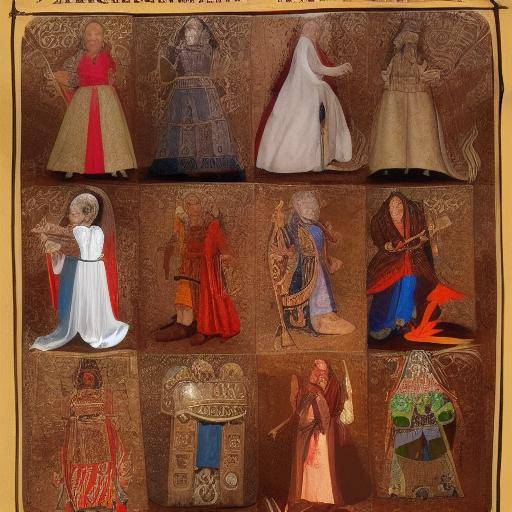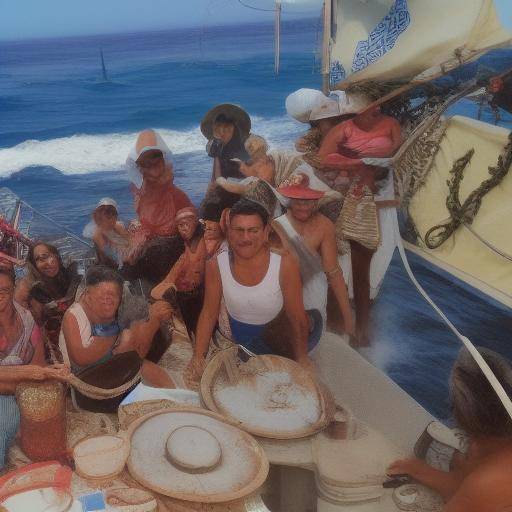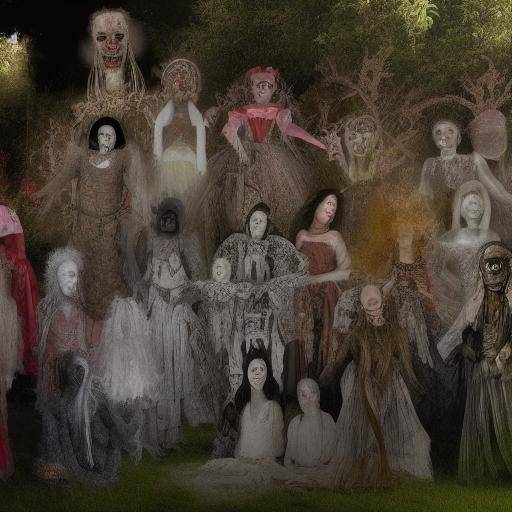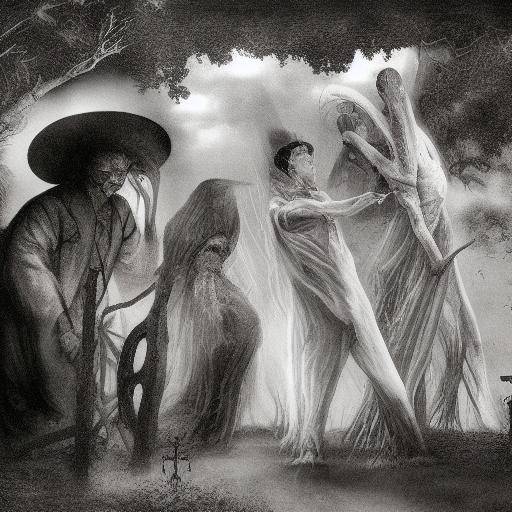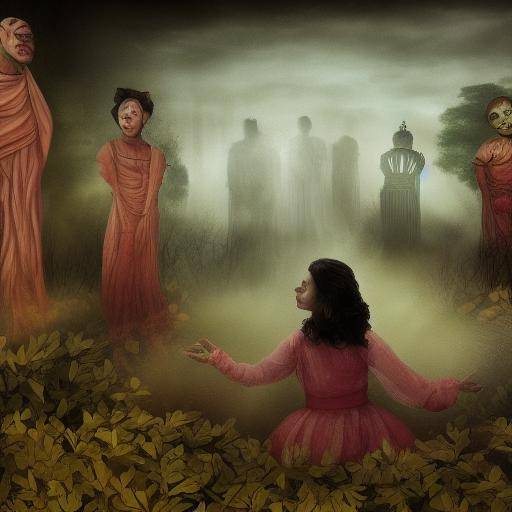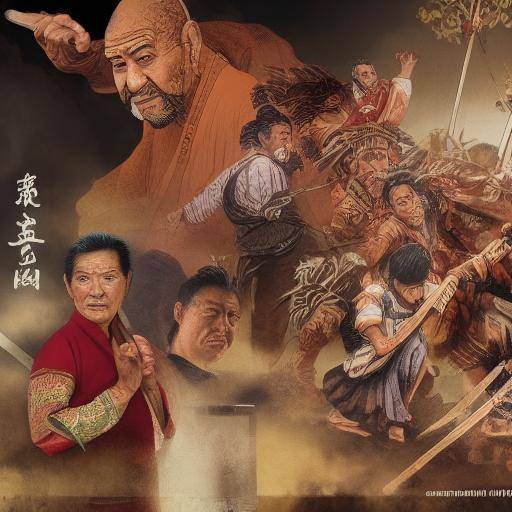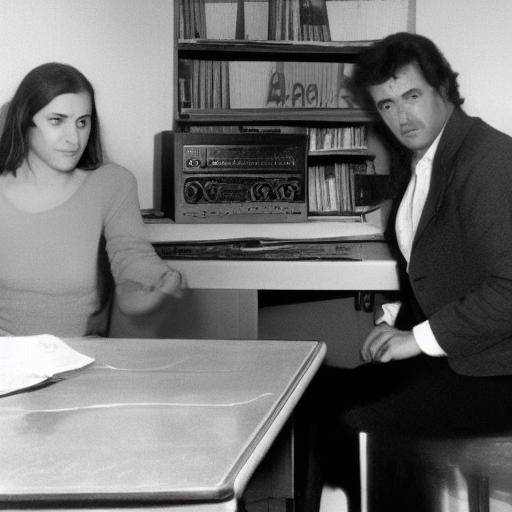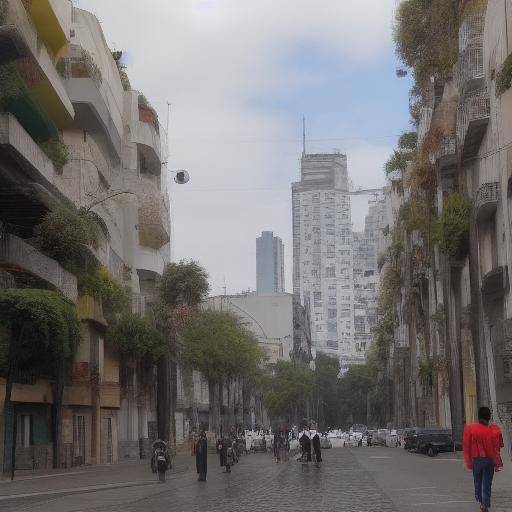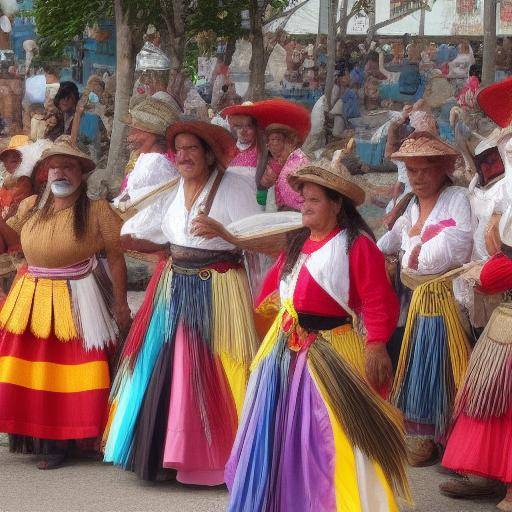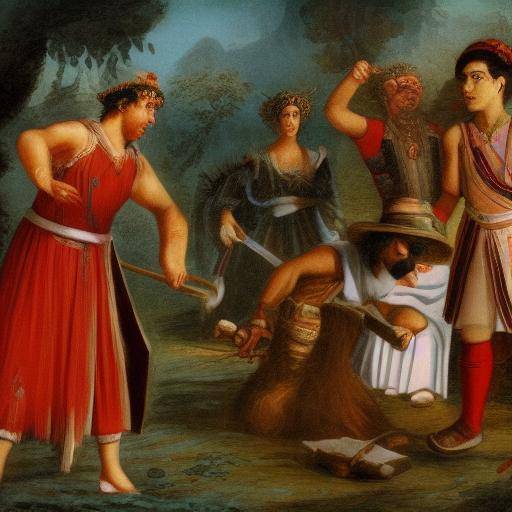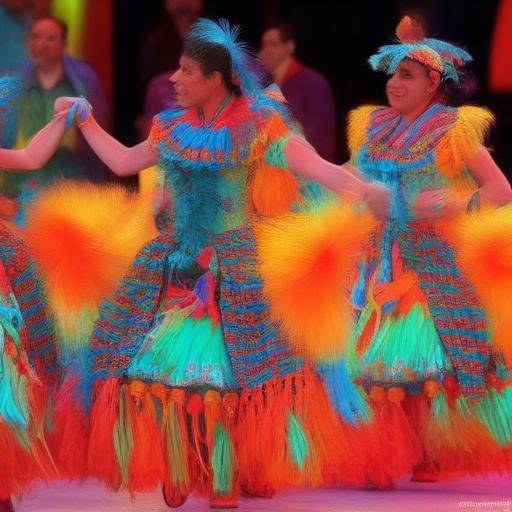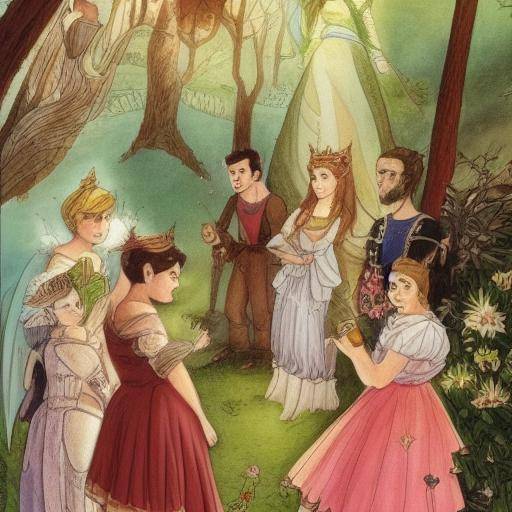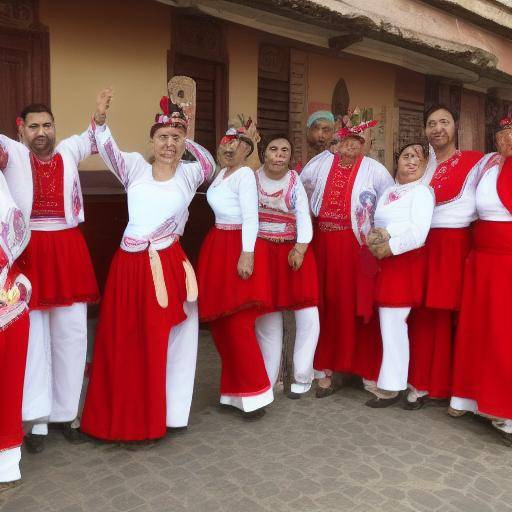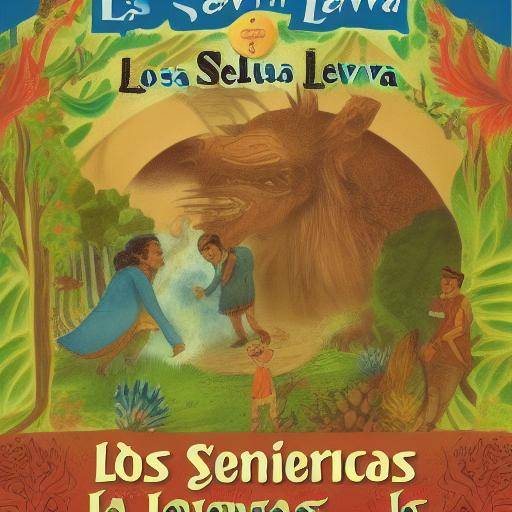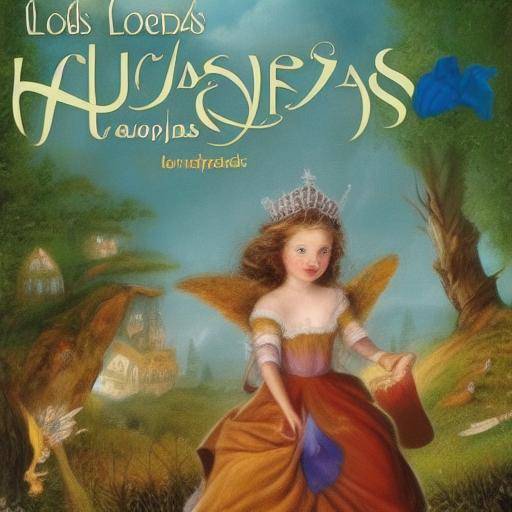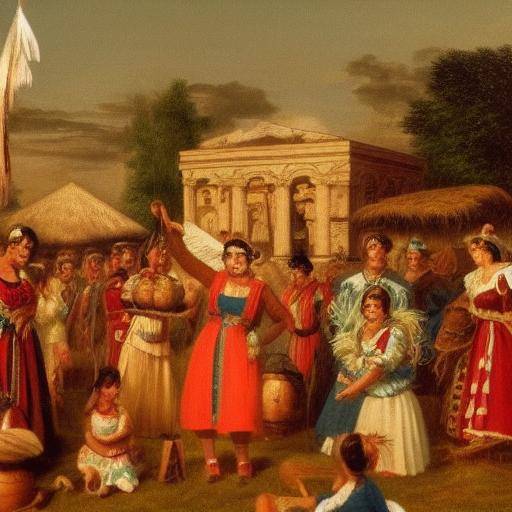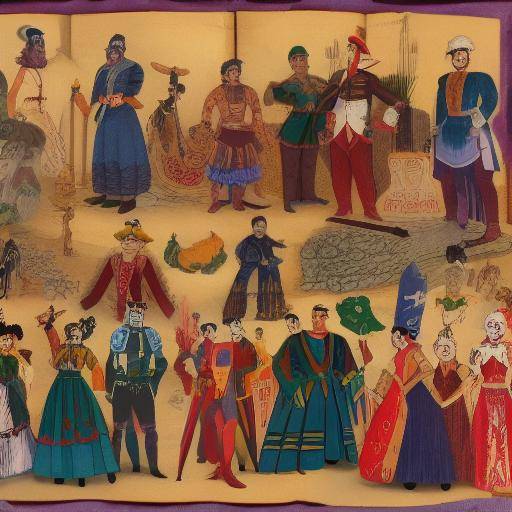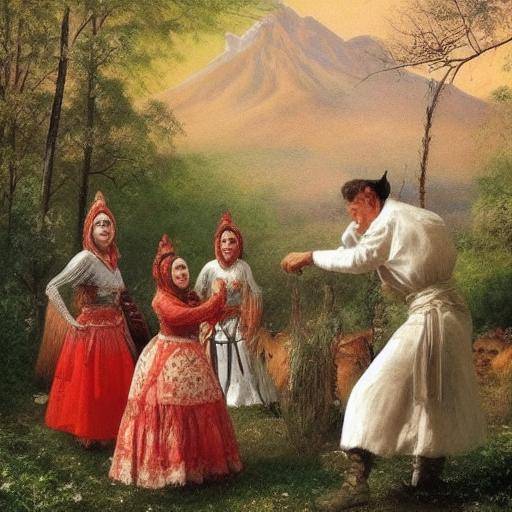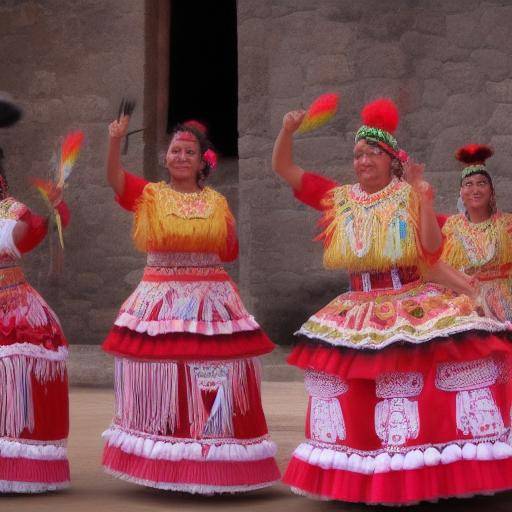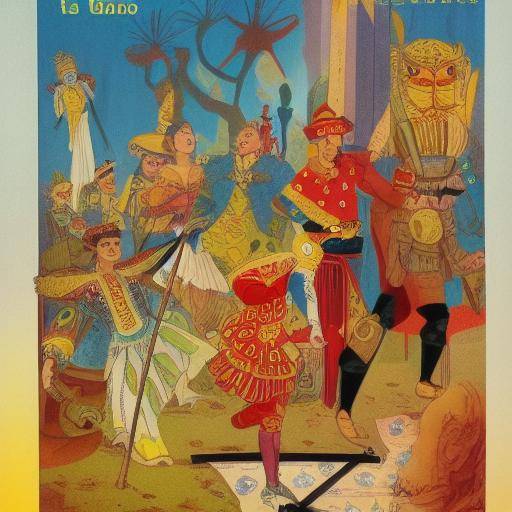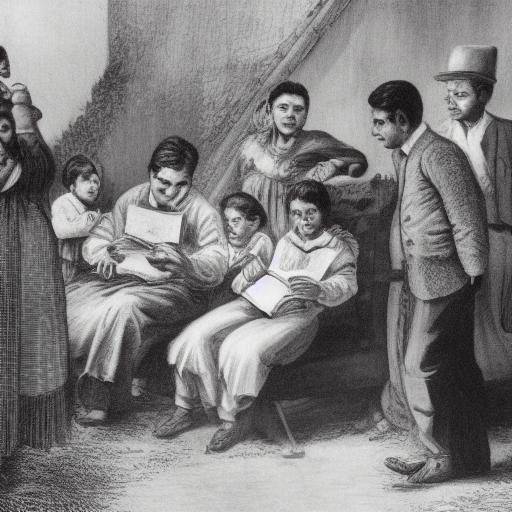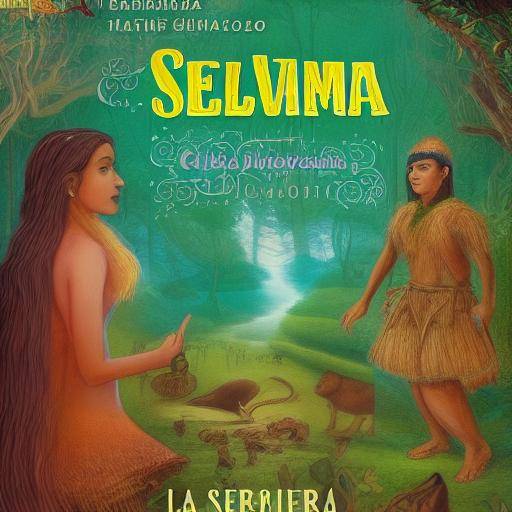
Introduction
The stories of the jungle are a treasure of the South American folklore that has passed from generation to generation, leaving a vibrant and captivating cultural legacy. In this article, we invite you to immerse yourself in the magic and essence of these life stories, exploring their historical and contemporary relevance. You will discover the fascinating interaction between these narratives, folklore and everyday life, as well as their profound impact on society and culture.
History and Background
The stories of the jungle date back to the ancient traditions of the indigenous tribes of South America. Transmitted orally, these stories have prospered with the evolution of time, enriching with each generation. The South American folklore, with its myths, legends and fables, has forged the identity of the communities and influenced their cosmovision.
Origins and Evolution
The tales of the jungle emerged as a means of transmitting knowledge about nature, human relations and the spiritual world. Over the centuries, these narratives have evolved, adapting to social and cultural changes. The mixedness and influence of various ethnic groups have enriched the diversity of these jungle stories.
First Narrative
In indigenous communities, the stories of the jungle served as educational tools. Stories about animals and spirits of the forest taught children the laws of nature and the importance of respect and harmonious coexistence with their environment.
Transformations with Time
With the arrival of the colonizers and the mix of cultures, the stories of the jungle were transformed, incorporating elements of European and African traditions. This evolution allowed the original narratives to adapt and survive through time.
Relevant Figures
Recognized South American writers and folklorists have contributed significantly to preserving and spreading the stories of the jungle, giving them a recognized literary and artistic dimension internationally. Personalities such as Horacio Quiroga, author of "Countries of the Jungle", have immortalized these stories through literature.
Horacio Quiroga
Horacio Quiroga, with his work "Countries of the Jungle", managed to capture the essence of these narratives, bringing them to a wider audience and preserving them for future generations. His stories, full of life and colour, reflect the rich biodiversity and the complex relationship between man and nature in the South American region.
Inflection Points
Cultural movements and initiatives to revalue indigenous traditions have marked important turning points in the preservation and dissemination of the stories of the jungle. The growing awareness of the importance of safeguarding cultural heritage has promoted actions to protect and spread these narratives.
Cultural Resurgence
In recent decades, there has been a resurgence of interest in indigenous traditions and local folklore. Educational and cultural initiatives, together with the recognition of the importance of cultural diversity, have encouraged the preservation of these stories.
Significant anecdotes
The richness of the narratives of the jungle is manifested in anecdotes that reflect the close relationship between human beings and nature. These stories convey teachings about respect for the natural environment and harmonious coexistence between humans and mythical beings. Legendary characters such as the "Yacuruna" or the "Sachamama" illustrate the interaction between the real and the fantastic.
The Yacuruna
The Yacuruna, an aquatic spirit, is known to inhabit the rivers and lakes of the Amazon. It is believed that it has the power to control water and protect fish and other aquatic creatures. The stories of the Yacuruna teach about the respect and protection of water resources.
The Sachamama
The Sachamama, a protective entity of the jungle, represents the strength and vitality of nature. It is said that the Sachamama protects the flora and fauna of the jungle, punishing those who damage the ecosystem. These stories emphasize the importance of conservation and respect for the environment.
Comparison of Perspective Different
Indigenous and Modern Outlook
The original indigenous narratives reflect a deep connection with nature and a spiritual vision of the world. In contrast, modern interpretations can focus more on conservation and ecotourism, highlighting the importance of preserving these stories as part of cultural heritage.
Opinions of Experts
The experts in folklore and anthropology highlight the importance of these stories as a window to the cosmovision of South American cultures. They stress the need to protect and revitalize these narratives to keep traditions and ancestral knowledge alive.
Application in the Contemporary World
Popular culture
The stories of the jungle have found a place in modern popular culture, inspiring works of art, films and literature. His rich imagery and universal lessons continue to resonate with audiences of all ages.
Literature and Cinema
The stories of the jungle have been adapted in numerous books and films, bringing these narratives to a global audience and helping to preserve their cultural relevance.
Education and Conservation
Today, the stories of the jungle are used in educational and conservation programs to teach new generations about the importance of biodiversity and respect for nature.
Educational programmes
Several organizations work to include these stories in school curricula, using traditional stories to educate about ecology and culture.
Conclusion
The stories of the jungle, with its rich cultural heritage and profound teachings, remain a vital part of South American folklore. These narratives not only connect us with the past, but also offer valuable lessons for the present and the future. In exploring and preserving these stories, we keep alive the legacy of indigenous cultures and celebrate the diversity and wealth of our cultural heritage.
This article has explored the fascinating world of jungle stories, revealing its importance in South American folklore and its lasting impact on culture and education. From its origins to its modern relevance, these stories remain a powerful symbol of the connection between human beings and nature.

